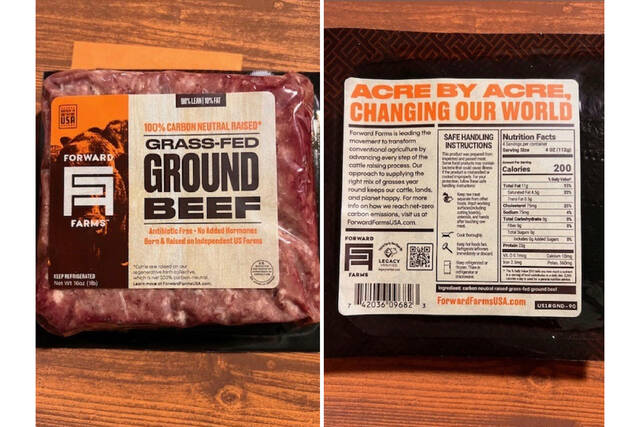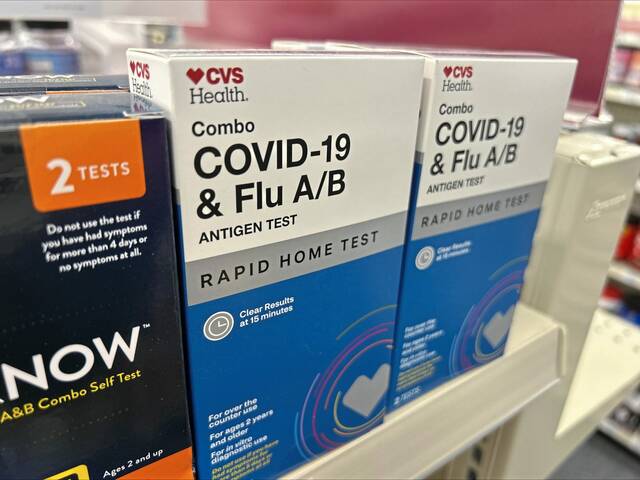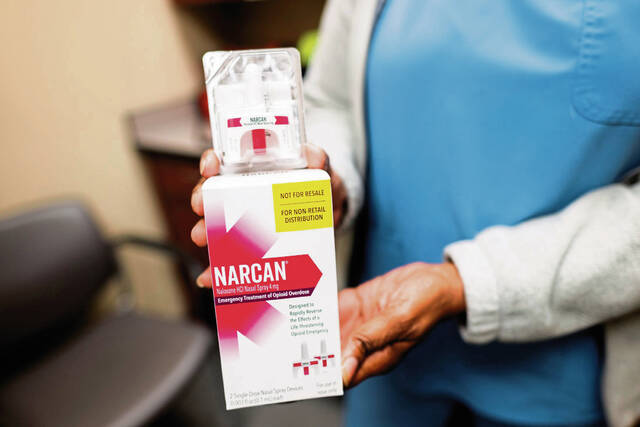For all the criteria and data-driven guidelines Gov. Tom Wolf has laid out for reopening a locked-down Pennsylvania, the decision-making process will not be guided entirely by the data, the governor said Thursday.
The objective criteria are “not a hard and fast rule,” Wolf said during a call with reporters.
“We’re going to have to make subjective decisions as objectively as possible,” he said.
Wolf on Wednesday announced a color-coded system for a phased reopening of the state by region. The entire state remains in the red zone, meaning all of the restrictions in place since early March remain.
The yellow phase will loosen some restrictions but many will still be in place. A county must report 50 or fewer new cases per 100,000 residents over a 14-day span in order to even be considered for the yellow phase.
Two regions in the state are scheduled to partially reopen May 8, a date that state officials say could change.
Using the data
Department of Health officials explained the formula like this: Officials will look at the cumulative number of new confirmed cases in a county over 14 days, then determine what that translates to per 100,000 residents. If the number is lower than 50, they’ll zoom out and look at that county in relation to the rest of the counties in that region.
A graphic on the governor’s webpage describing his reopening plans groups Allegheny with 10 other counties to make up the Southwest region. That region is made up of: Allegheny, Armstrong, Beaver, Butler, Cambria, Fayette, Greene, Indiana, Somerset, Washington and Westmoreland counties.
“What I’m trying to do is create a reasonable and logical and informed reopening strategy,” Wolf said. “But it has to be one that is sensitive to the possibility that we (might) move too quickly.”
Wolf said testing capacity will be taken into consideration in the phased reopening but did not spell out what, exactly, would be considered. He reiterated that the criteria are not hard and fast rules.
“What’s good for Philadelphia will not be good for Cameron County,” he said. “We need to recognize that moving forward.”
Health Secretary Dr. Rachel Levine said there is no specific percentage of the population that should be tested for it to be considered safe to open that region. The state’s priority will continue to lie with testing symptomatic individuals.
She said they have, however, loosened the restrictions that had been placed on testing done by the state Health Department. Previously, the focus was on testing symptomatic health care workers and those most vulnerable to the virus.
Now, however, the state will widen that to anyone with symptoms.
Those restrictions were only on tests done by the state labs; hospitals and health care providers were and continue to be free to test anyone they think should be tested.
What reopening looks like
Levine said Thursday the state will reopen by region, and a region can’t move into the yellow phase until all of its counties meet the yellow phase criteria.
“It’s going to be region by region, looking at the case rates from each county (in the region),” she said.
Levine said that when a region goes from red to yellow, the mitigation efforts will morph into aggressive containment efforts.
That will include testing people who are symptomatic, isolating those who are positive, and then doing extensive contact-tracing to find and quarantine people who had close contact with the positive individual.
Levine stressed that the 50-per-100,000 metric is important, but it’s not the only thing that will be taken into account.
“It’s something we can measure and put down on paper, but it’s not the only measure that we’re going to be looking at,” she said. She noted that a model created in conjunction with Carnegie Mellon University will also be used as guidance in the decision-making.
The CMU data dashboard will compile myriad data from different state agencies with the goal of offering reopening guidance that balances the economy and public health.
It will also analyze “what-if” scenarios, and Wolf has said his plan allows for restrictions to be put back into place if there are flare-ups or outbreaks after a region moves to the next phase.








